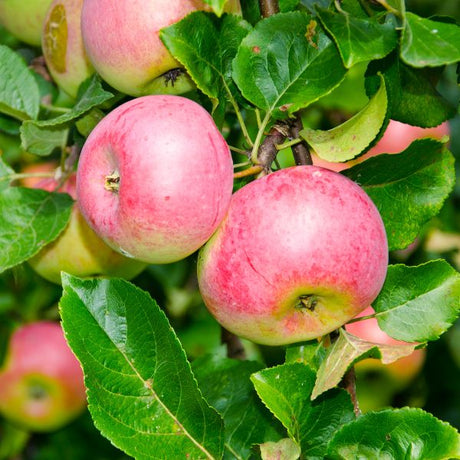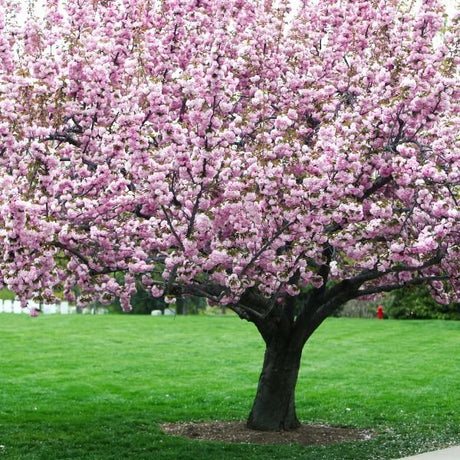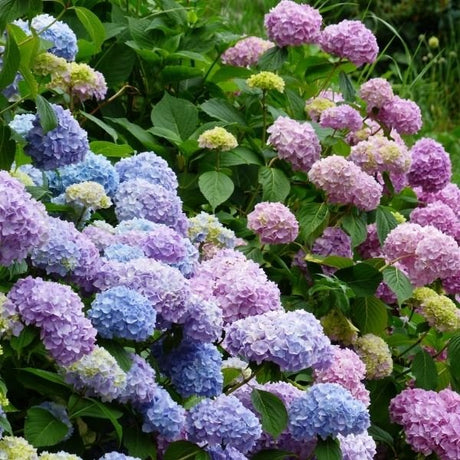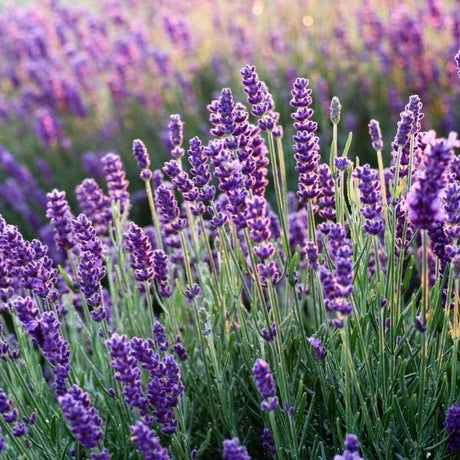Beta Grapevine
Vitis 'Beta'
- Stay Protected with Plant Sentry ™
Beta Grapevine is backordered and will ship as soon as it is back in stock.
Plant Sentry™
Plant Sentry™
Plant Sentry is designed to protect both consumers and the nursery trade from invasive plant pests and diseases. Sites that display the Plant Sentry protection badge are protected from consumers buying and nurseries shipping material carrying invasive pests and diseases.
This proprietary eCommerce software prevents the shipment of a restricted plant to each state. The Plant Sentry system includes a shipment certification program. The Plant Sentry Compliance Officer works closely with NatureHills.com and each nursery or fulfillment center to ensure only compliant plants are sold to customers.
Click Here to learn more

Delivery and Shipping
Delivery and Shipping
Shipping
To obtain a more accurate shipment time-frame, simply enter your zip code in the “Find Your Growing Zone” box to the right. Our plants are grown all over the country and lead time on items may be different because of this. Once your order is placed, you will also receive the specific shipment time-frame information as part of your order confirmation. Once an item ships, you will receive shipment notification and tracking numbers, so you can follow along while your plant travels to your doorstep. We use FedEx, UPS, or USPS at our discretion.
Due to winter weather we have put a hold on shipping to the areas shown below in grey. You can still order now and we will ship the plant to you during an appropriate time for your zone.
Standard Shipping Rates
At Nature Hills we handle, package and ship the products you order with the utmost care to ensure healthy delivery. Shipping and handling charges are calculated based on the tables below. Please note that some items include an additional handling surcharge, these will be noted on the item's product page.
| From | To | S&H |
|---|---|---|
| $0 | $19.99 | $24.99 |
| $20 | $49.99 | $29.99 |
| $50 | $69.99 | $34.99 |
| $70 | $99.99 | $39.99 |
| $100 | $129.99 | $44.99 |
| $130 | $149.99 | $48.99 |
| $150 | $150+ | Approx 28% |
Click here to see our full rates
Understanding Plant Options
Nature Hills offers plants in two main formats:
- Container Plants: Grown in pots with soil, sized by container volume and plant age
- Bare Root Plants: Dormant plants without soil, sized by height measurements
Container Plant Sizes
Container sizes indicate plant age and growing capacity rather than liquid volume equivalents. Our containers follow industry-standard nursery "trade gallon" specifications, which differ from standard liquid gallon measurements.
Young Plants (6 months to 18 months old)
| Container Size | Actual Volume | Metric Equivalent |
|---|---|---|
| 2" x 2" x 3" | 0.18 - 0.21 dry quarts | 0.20 - 0.23 dry liters |
| 4" Container | 0.31 - 0.87 dry quarts | 0.35 - 0.96 dry liters |
| 4.5" Container | 0.65 dry quarts | 0.72 dry liters |
| 6" Container | 1.4 dry quarts | 1.59 dry liters |
| 1 Quart | 1 dry quart | 1.1 dry liters |
| 5.5" Container | 1.89 dry quarts | 2.08 dry liters |
Established Plants (18 months to 2.5 years old)
| Container Size | Actual Volume | Metric Equivalent |
|---|---|---|
| 2 Quart | 2 dry quarts | 2.2 dry liters |
| #1 Container | 2.26 - 3.73 dry quarts | 2.49 - 4.11 dry liters |
| 5" x 5" x 12" | 3.5 - 4.3 dry quarts | 3.85 - 4.74 dry liters |
Mature Plants (2-4 years old)
| Container Size | Actual Volume | Metric Equivalent |
|---|---|---|
| #2 Container | 1.19 - 1.76 dry gallons | 5.24 - 7.75 dry liters |
| #3 Container | 2.15 - 2.76 dry gallons | 8.14 - 12.16 dry liters |
Large Plants (3-5 years old)
| Container Size | Actual Volume | Metric Equivalent |
|---|---|---|
| #5 Container | 2.92 - 4.62 dry gallons | 12.86 - 20.35 dry liters |
| #6 Container | 5.25 - 6.01 dry gallons | 23.12 - 26.42 dry liters |
| #7 Container | 5.98 - 6.53 dry gallons | 26.34 - 28.76 dry liters |
Bare Root Plants
Bare root plants are sold by height from the root system to the top of the plant. Plants may exceed minimum height requirements.
Common Sizes:
- Trees: 1 foot, 2 feet, 3 feet, 4 feet, 5 feet, 6 feet
- Shrubs & Perennials: 1 foot, 18 inches, 2 feet
Important Notes
Container Volume Specifications
- Trade Gallon Standard: Our containers follow industry-standard "trade gallon" specifications established by the American National Standards Institute (ANSI Z60.1) for nursery stock
- Volume Variations: Actual soil volume may vary due to plant root systems and growing medium settlement
- Age Indicators: Container size primarily indicates plant age and maturity rather than liquid volume equivalents
Growing Conditions
- Plant size can vary based on variety and growing conditions
- Container size helps indicate plant maturity and establishment level
- Larger containers generally mean more established root systems and faster landscape establishment
Seasonal Availability
- Bare root plants are available seasonally when dormant
- Container plants are available throughout the growing season
- Specific varieties may have limited availability in certain sizes
Questions?
For questions about specific plant sizes or availability, please contact our plant experts who can help you choose the right size for your landscape needs.
Plant Highlights
Beta Grapevine highlights at a glance!
Specifications
Specifications
-
Brand
-
Botanical Name
-
Growing Zones
-
Mature Height
-
Mature Spread
-
Sun ExposureFull Sun
-
Moisture
-
Soil
-
Growth RateMedium
-
Flower Color
-
Fall Color
-
Pollinator Friendly
-
Pollinator Required
-
Fragrant
-
Pruning Time
-
Bloom PeriodEarly Spring, Late Spring
-
Harvest Time
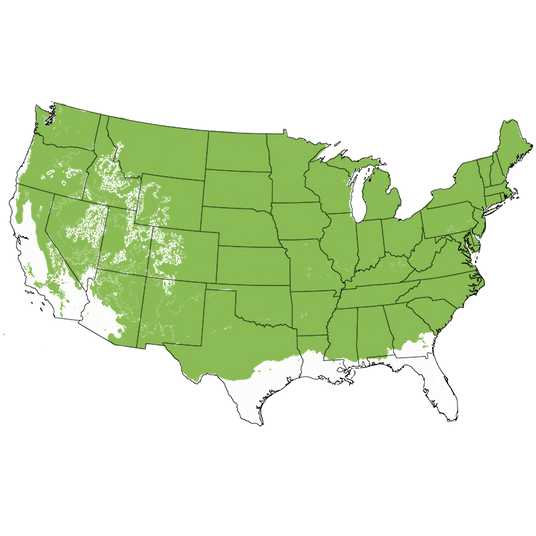
Growing Zones 3-8
Beta Grape: Wild Beauty Meets Cold-Hardy Resilience
The Beta Grape (Vitis riparia x Vitis labrusca) is a vigorous, semi-wild Grapevine that thrives in even the harshest climates. Featuring near-black berries, excellent disease resistance, and robust cold hardiness.
This American hybrid cultivar is a perfect choice for gardeners who want a productive and stunning Grapevine. Whether you're in the frigid north or the milder mid-south, the Beta Grape offers a taste of nature's resilience and charm!
- Cold & Heat Tolerant
- Disease Resistant Hybrid Grape
- Near Black Fruit That Is Sweet & Juicy
- Easy To Grow
>>Jump to Care & Planting Instructions
Landscaping With Grapevines
Transform your outdoor space with the Beta Grape's natural beauty and practicality! This vigorous climber can grow 15-20 feet long, making it an ideal candidate for pergolas, trellises, or arbors.
Over time, its woody vines create a timeless, old-world aesthetic, while its dense, near-black grape clusters add visual interest. The sweet white blossoms attract bees, enhancing your garden's pollinator activity.
For gardeners looking to create a striking yet functional edible landscape feature, the Beta Grape provides both shade and harvestable beauty!
Grapevine Care and Training:
Grapevines are easy to grow! These are vertical-growing ornamental fruiting vines, so finding a full-sun location in your yard is easy!
- Planting: Choose a sunny location, ideally with a south-facing slope, to maximize fruit production.
- Pruning: Prune during winter dormancy to maintain shape, promote airflow, and encourage vigorous spring growth.
- Support: Train the vines on sturdy structures like trellises or arbors to help them reach their full potential.
- Maintenance: Thanks to its superior disease resistance, the Beta Grape is relatively low-maintenance. Making it perfect for gardeners of all skill levels.
Find more information about Grapevine care in our #ProPlantTips Garden Blog!
Wild Grape Flavor & Backyard Ease!
Ready to add wild elegance and cold-hardy productivity to your garden? The Beta Grape is your ticket to sweet, near-black berries, vigorous growth, and an enchanting landscape feature. Whether for jellies, jams, or fresh eating, this semi-wild grape is a must-have for your garden.
Order your Beta Grape today at NatureHills.com and prepare to enjoy a touch of wild sophistication in your backyard!
FAQs About Beta Grape Vines
Can Beta Grapes grow in very cold climates?
Yes! The Beta Grape is one of the most cold-hardy varieties available, thriving in frigid zones where most Grapevines fail.
Are Beta Grapes good for eating fresh?
While Beta Grapes are seeded, they have a sweet flavor and can be eaten fresh. They’re especially prized for making jams, jellies, and other preserves.
How do you train Beta Grape vines for optimal growth?
Train Beta Grape vines on a trellis, arbor, or pergola to support their vigorous growth. Regular winter pruning helps maintain shape and encourages healthy fruiting.
What makes Beta Grapes "semi-wild"?
Beta Grapes are a hybrid of Concord Grapes and Vitis riparia, a wild Grape species native to North America. This gives them vigorous growth and hardiness!
Do Beta Hybrid Grapes attract pollinators?
Yes! The sweet white blossoms of Beta Grapes are highly attractive to bees, making them a pollinator-friendly addition to your garden.



